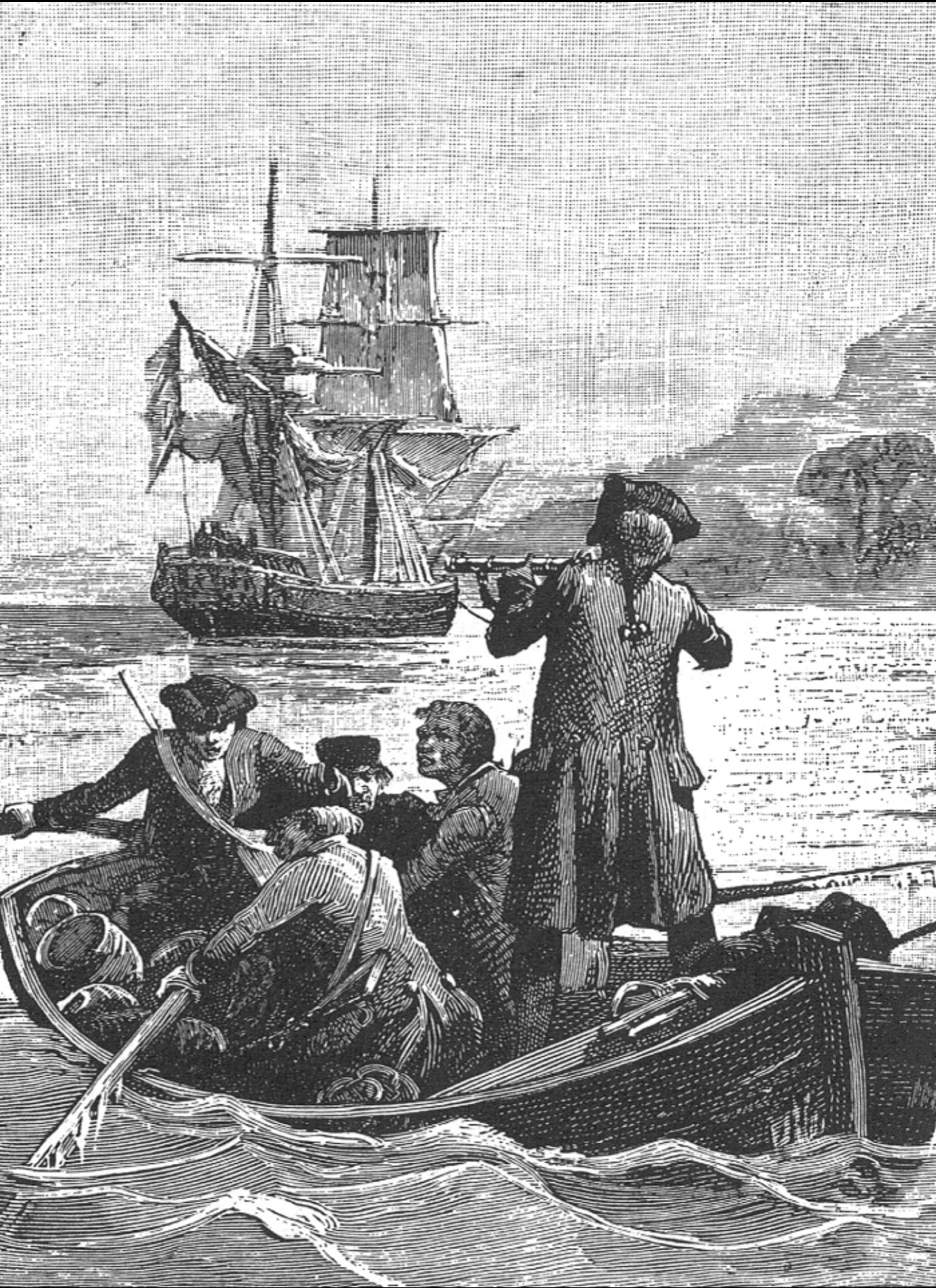The phone trilled on Boxing Day. It was my good friend Nich Hogben, partner in crime for all things archaeological on the island where we live.
“I’ve found a boat on the beach,” he announced with a definite note of excitement.
Not unusual on Alderney given its love-affair with the sea.
“There’s a section of keel, a bit of planking and a stern post,” he announced, which told me it wasn’t Nigel’s hi-tech fishing boat. “Must have been exposed by the storm.”
Knowing that Nich doesn’t get excited about ‘finds’ post-Victorian – he’s often found on the beach pulling Roman pottery tiles out of the sand – then maybe, just maybe he’d found the remains of a really ancient vessel that would help inform my next novel in which I fully intend to have one J. Caesar step ashore here in 55BC.
“I’ll be right down.” He sensed my excitement, only slightly dampened when he said he’d also found a musket ball embedded in the rotting timber. Hmmm. Possibly Napoleonic then? Maybe a 200-year-old jolly boat as illustrated here?

I set aside intended gravitation towards the vintage Fleurie and dashed down to the beach, the one overlooked by a 4thC Roman Fort of which I have waxed lyrical in earlier posts. The tide was out, and there was Nich in wellies, beanie and storm coat.
Once he starts talking, he finds it hard to stop. “Here’s the keel and look here are two planks still attached and over there the stern post.” I feigned knowledge of ancient artefacts and nodded sagely as he got out his folding measure, still talking.
Even an amateur like me had to agree this was the layout of a decent-sized fishing boat or skiff, preserved in the sand amid rocks that might have been shifted by the storms which surge in from the south-west from time to time.
Here's my video of the encounter.
Could it be that Alderney is really Treasure Island or that Bernard Cornwell’s Richard Sharpe got his feet wet chasing Napoleon’s Marins? Probably just a large fishing boat or a tall ship’s tender – after all, this was Alderney’s original harbour long before the impressive breakwater was completed in 1864.
A few days later, another friend, Ali Simmons, found this map dating to 1830, possibly the same time as Nich’s boat foundered. I share it just because we love old maps and it reveals plenty of room for the future thriving town of St Anne and an airport, plus a whole stack of Victorian forts:
If you’re wondering what the script says, roughly translated by islanders Sara Spencer and Annabel Finding, it reads: ‘Plan will be the original and definitive rule of the distribution of the common lands of the island of Alderney produced on the day of drawing and on which I will enclose the names of the heads of each division as they read their numbers themselves in accordance with the order of His Majesty in Council dated the Fourth of August 1830, Aurigny, this Seventeenth day of September, 1830. (Aurigny being the French name for Alderney).
So the boat wasn’t Roman or indeed a Celtic Veneti vessel which may well have traded here at the time Caesar was eyeing up Britannia for a holiday excursion during his invasion of Gaul. Never mind, I’ll keep looking and keep you informed as I’m going to write my next novel in that period.
You never know what the next storm will turn up!
Books update
Catch up with my books and writings on my Linktree page. Here you’ll find more on the inventive Melqart in Libertas, nifty use of the Caesar Code in the Agents of Rome trilogy, and in Sea of Flames, derring do by the crew of a Greek ship at the Battle of Actium. For something different, the story of David and Goliath as it might have been before the religious scribes got their hands on it – Line in the Sand.






Loving the archaeology, loving the move into integrated video - wey hey!
Off to see what happens when I click the Substack button….